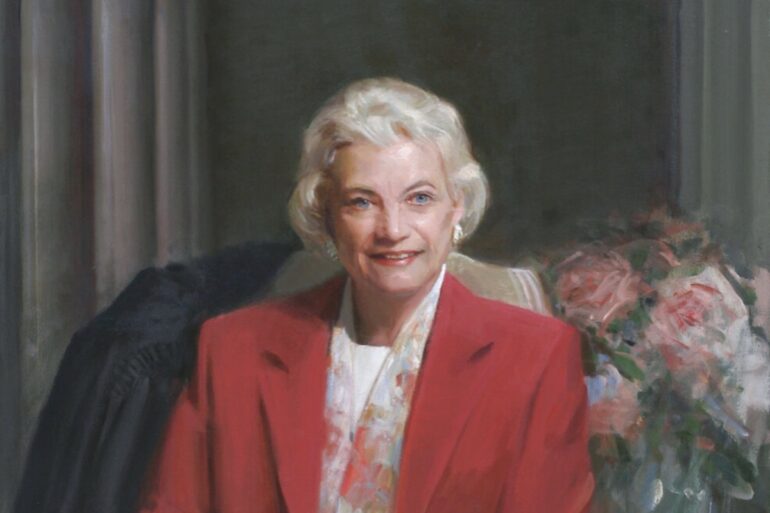
This post is also available in:


The official speaker for the fourth day of the workshop was Michael Shane Neal, a faculty member and from this year also Chairman of the Portrait Society of America.
It would be complex to mention all the honors and awards received by the artist in the thirty years of his career, so we will limit ourselves to saying that among the countless awards there is the Grand Prize Award from the Portrait Society of America received in 2001.
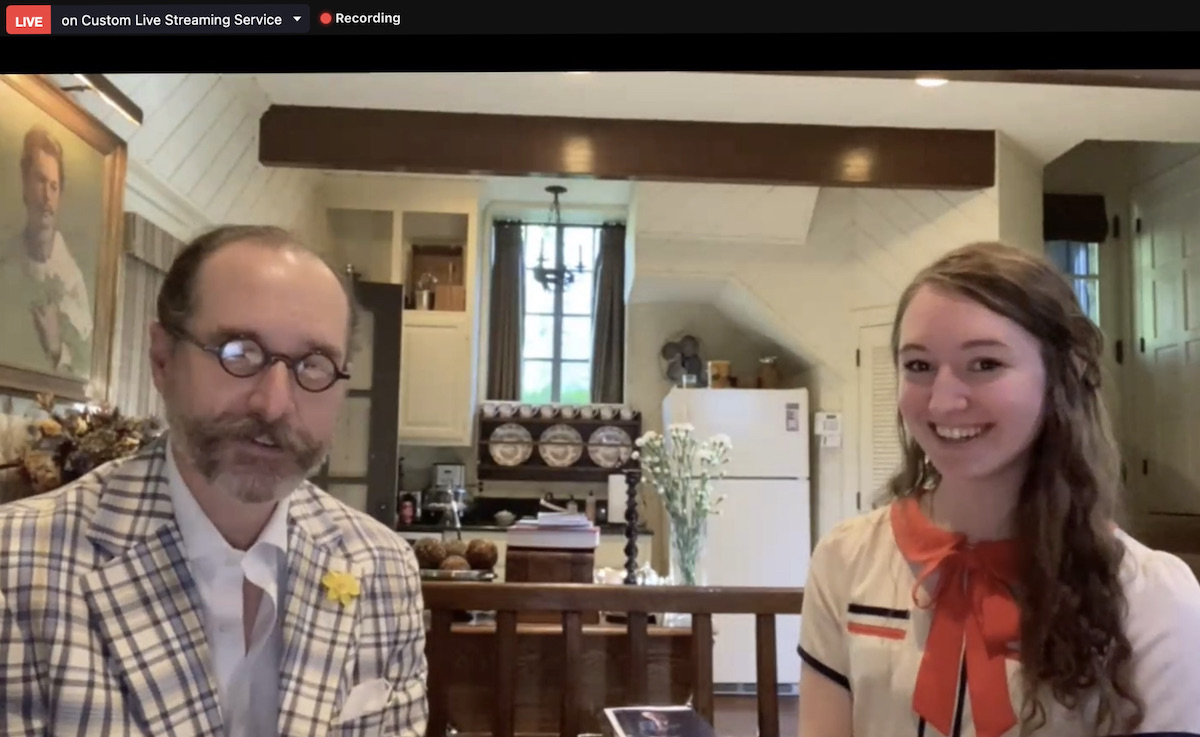
The theme introduced by Michael Shane Neal fits the times: “Going Forward: Navigating the Realities of a Changing World”.
Paradoxically, the pandemic has created a situation of necessity, so getting in touch with people, even if only virtually, has become a vital issue. This factor has revolutionized the figure of the artist and has forced entire generations to keep up with the times.
In the case of Michael Shane Neal, the help of his magnificent daughter Mattie first and foremost, and helpers, including Becca Barnes, with whom we had the pleasure of speaking, was crucial.
It is incredible to see how Mattie Ree Neal, so shy and at the same time feisty, has, in addition to the great familiarity with electronic devices – she manages three, while her father is busy with demonstrations- also the incredible artistic talents of her father, who supports her in all her work from an early age.
While still a teenager she gives art lessons and sells her own work already nurturing a host of galleries interested in representing her.
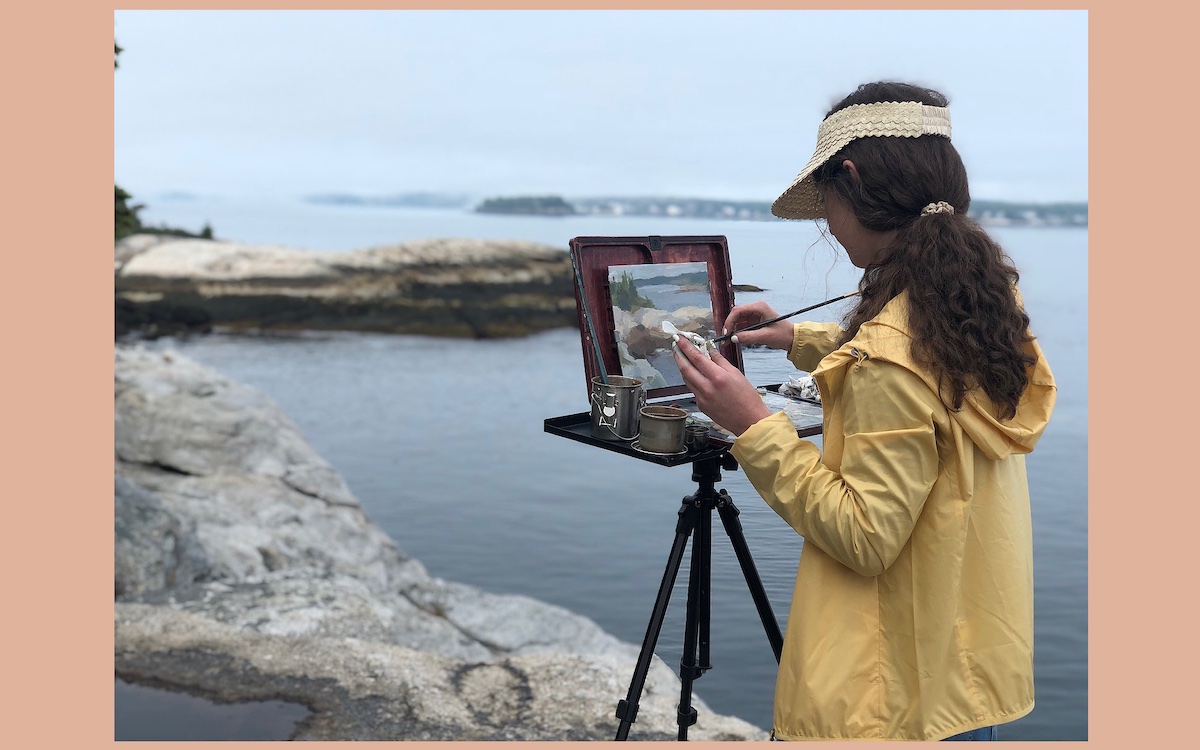
Michael Shane Neal, who in his work was inspired by the great artists of the past, especially John Singer Sargent, whom he defines as “my hero. The most outstanding artist in history in every field”, has offered to the public, with extreme humility, and despite the prolific artistic career and fame, all his experience.
He did so in a completely spontaneous and honest way, taking viewers through his life through the images and works that led him to portray people like Everett Raymond Kinstler, among the most celebrated American artists of our time and who passed away in 2019.
Known at the age of twenty-three, Kinstler was the person who most influenced Neal’s artistic life, so much so that he became his protégé and took his place in the luxurious studio located in the apartment of The Players NYC, the private club in Gramercy Park, New York.
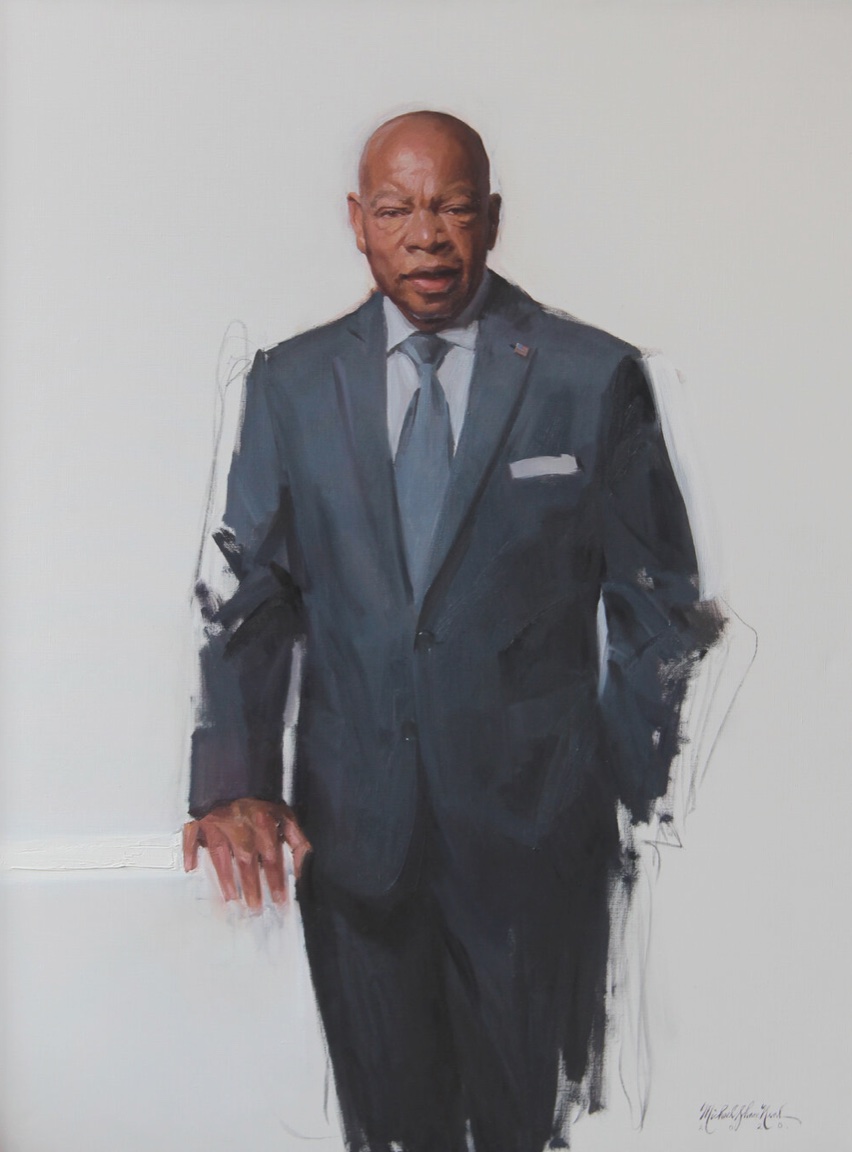
There is no person among those that Neal has portrayed – and there are more than five hundred – of whom he has no memory, and that through anecdotes and vicissitudes he has brought to the knowledge of all participants.
Countless figures were portrayed, including Congressman John Lewis, a lawyer and civil rights activist and leader who served in the U.S. House, whose portrait was recently acquired by the Smithsonian Institution’s National Portrait Gallery in Washington, D.C: “A life that seems like a dream”, says the artist when he recalls climbing up to the ceiling of The Capitol to finish the work left undone by Costantino Brumidi. The Capitol artist.
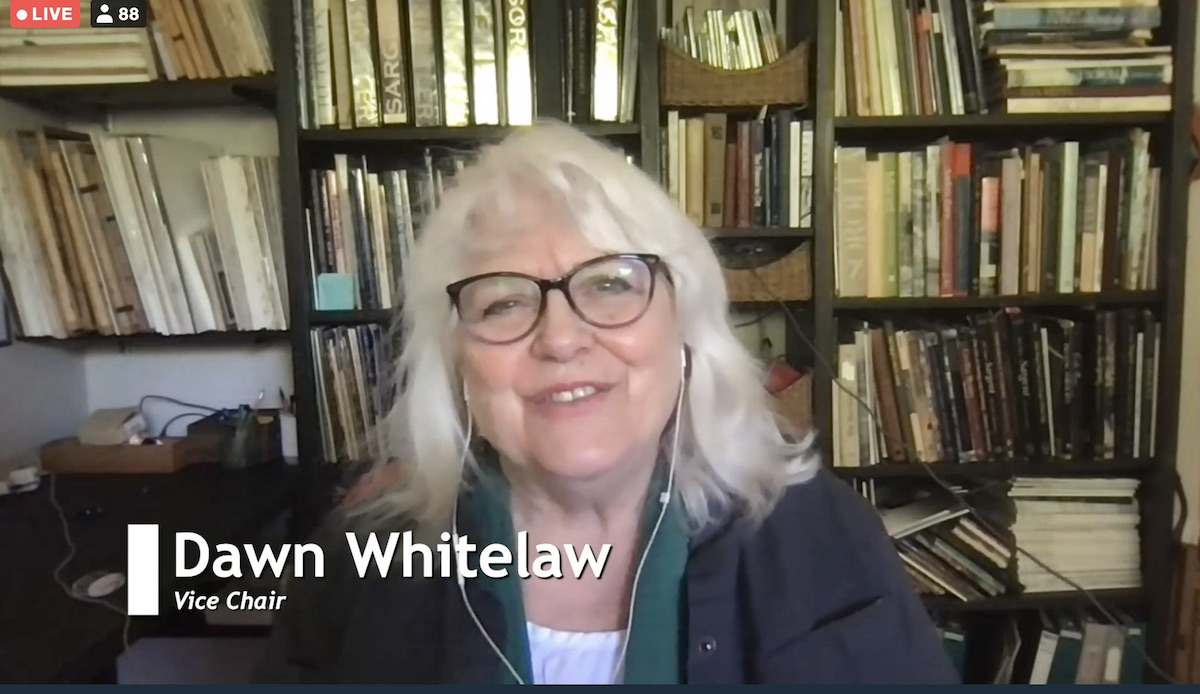
Michael Shane Neal, didn’t forget anything in his workshop, including in the course a handy brochure on which are noted useful information that can always serve an artist.
Listening to Michael Shane Neal’s practical, bureaucratic organization is like being in an industrial-strength company rather than an art studio: “You have to keep track of everything,” he advises, showing off client folders.
But in addition to bureaucratic issues, he also covered practical matters, even showing the importance of having a photo set during business trips, teaching the logistics of packing a bag. Or how to carry a canvas to work on: the structure becomes a convenient protective support for the canvas that can be housed in this way even in the hatbox of the aircraft.
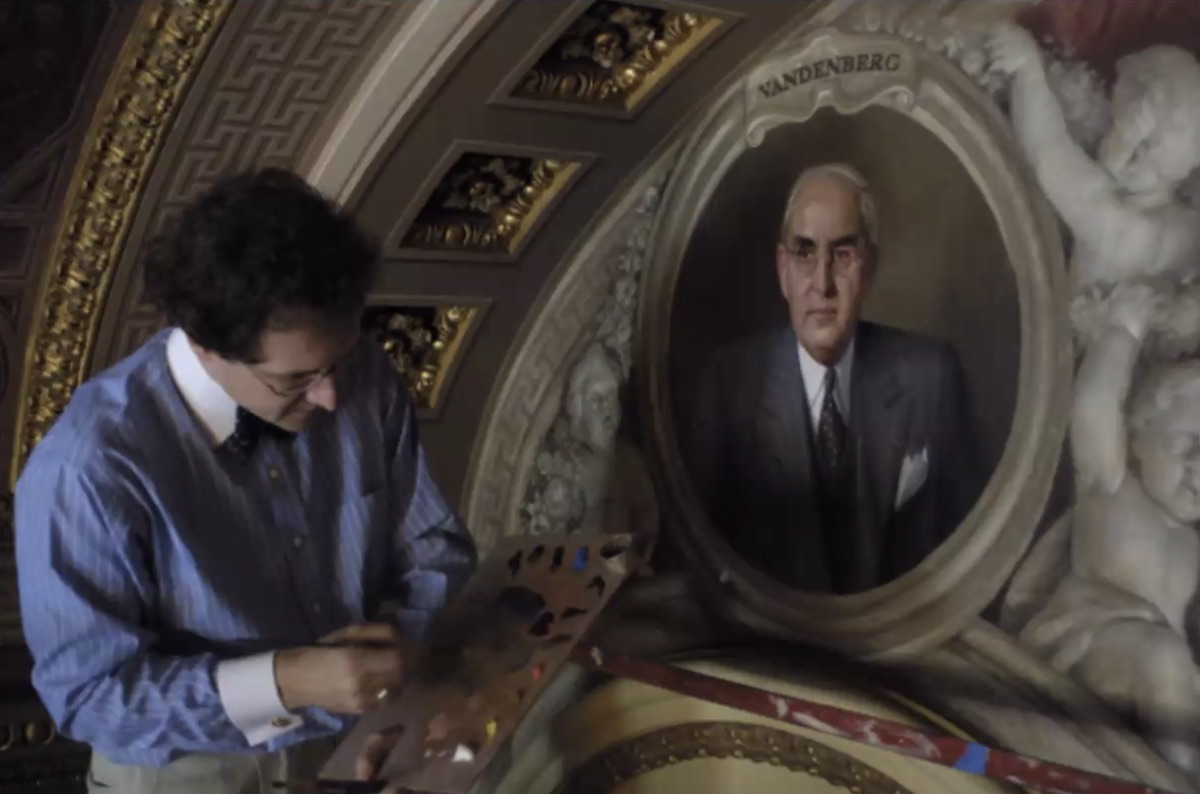
In view of the fact that: “You must be a self starter. If you are not, you are in the wrong business”, in reference to proposing yourself to an art gallery, among the various connections made today there was also the director of the Portraits Inc. gallery Bebe Bernard, a gallery that is also a reference for portrait artists: opened in 1942 it deals exclusively with portraiture.
Among Neal’s guests was Dawn Whitelaw: vice-chair of The Portrait Society of America, and founder of the art studio On Track Studios in Franklin, TE was introduced as the friend who has always been there for Mr. Neal since his student days, which saw him abandon medicine to devote himself exclusively to art.
Many interesting ideas from which to draw inspiration that preceded the official opening of the XXIII edition of The Art of The Portrait, and anticipated the location of next year’s convention which will be in Atlanta, introducing the first demo, presented by Kerry Dunn.
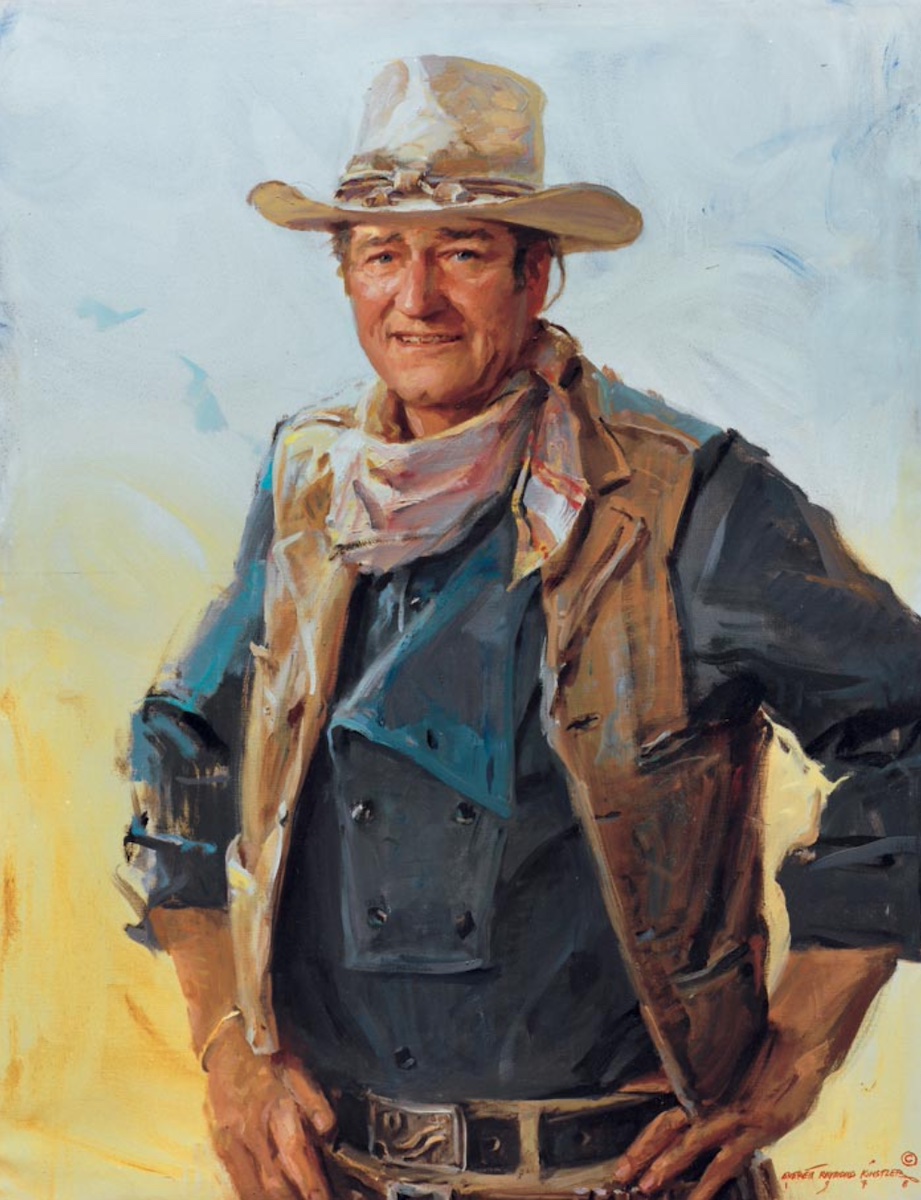
Talented young artist Kerry Dunn did not shy away from multiple questions from those in attendance in his demonstration of a portrait done with “Pan Pastels”: soft, dry, blendable, professional-quality crayons that owe their name to the packaging: they look like cake. Being in powder form their consistency allows for a more even and light application due to the fact that they are spread with the special spatula equipped with a sponge on the top.
With Pan Pastels it is possible to achieve more uniform coverage for large blocks of color, which is why for detail definition, where you need a harder stroke, you need to use Conté à Paris.
Kerry Dunn is part of a movement called the “New Masters”. This movement is due to the fact that the artists who are part of it have studied in art ateliers: small art studios based on the style of the Renaissance ateliers and returned to the forefront 20/25 years ago, which base on drawing as a fundamental element of artistic work and which refers to the study of the old masters.
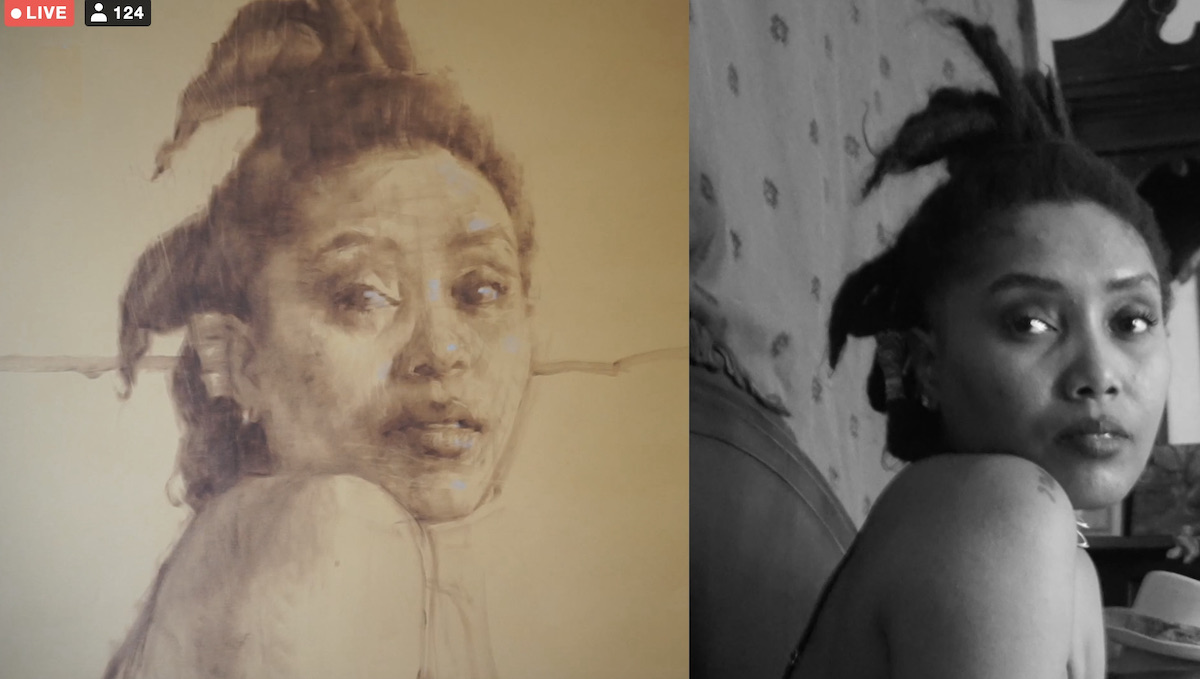
Kerry Dunn met his mentor, Nelson Shank, at the New York Artists League and followed him to his Studio Incamminati in Philadelphia, where he now teaches.
Although a fan of Abstract Expressionism, Kerry “s work is firmly rooted in the academic traditions of painting from life as practiced by the old masters, one that tells a story through the highlighting of particular elements, through a continuous “lost and found” of chiaroscuro and contours. Starting from the anatomical structure made according to precise criteria to be taken into account: planes of the head and anatomical structure, Dunn’s portrait takes into account the “phases” of color that light encounters when it rests on a sphere. “In the same way the face works,” argues Dunn, who in constructing the masses refers to Charles Bargue and his method, previously addressed by Liberace on the first day of the workshop.
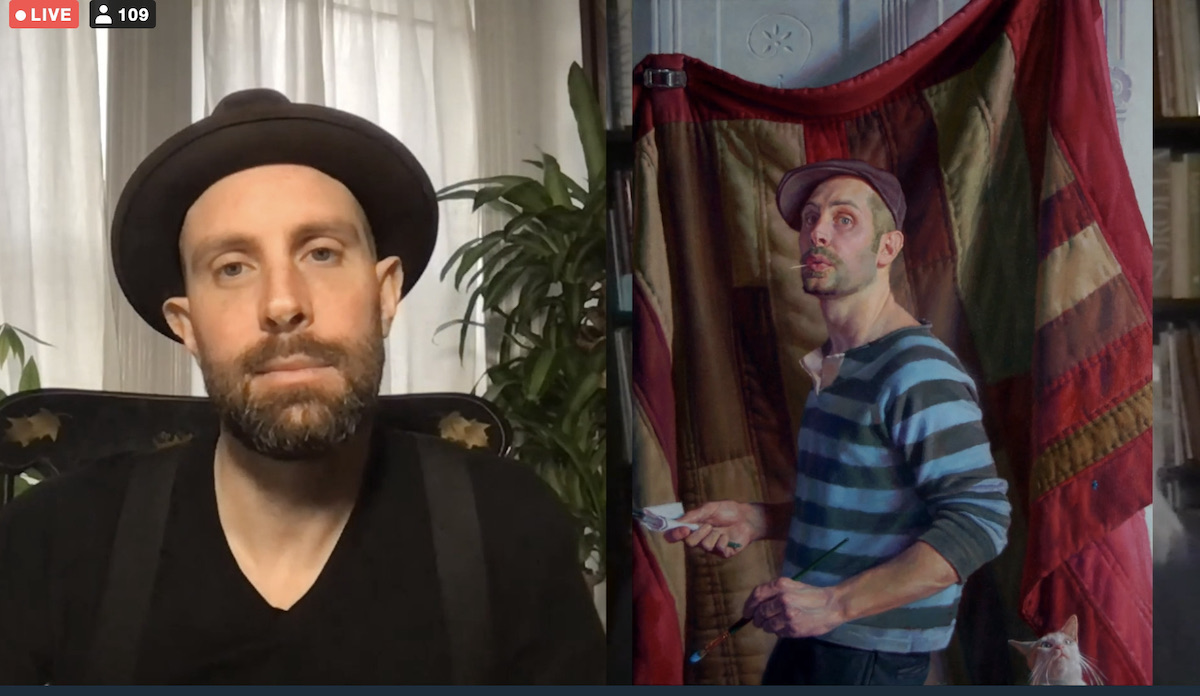
A very fascinating portraiture that of Kerry Dunn that has blurred for sensitivity, the beauty of photography itself. “We are artists: photographs should be interpreted, not copied as they are,” says the artist. In his work, balances are achieved slowly by moving equally across both the left and right sides of the face while avoiding making mistakes in proportion. “It’s a slow building process, similar to graphite,” Dunn says. And when you’re tired? “We refresh the eye by working elsewhere so we don’t lose the freshness,” Dunn says.
An exciting start that will continue tomorrow with Golden Medal winner “Max Ginsburg” followed by a wide range of artists and styles.
.
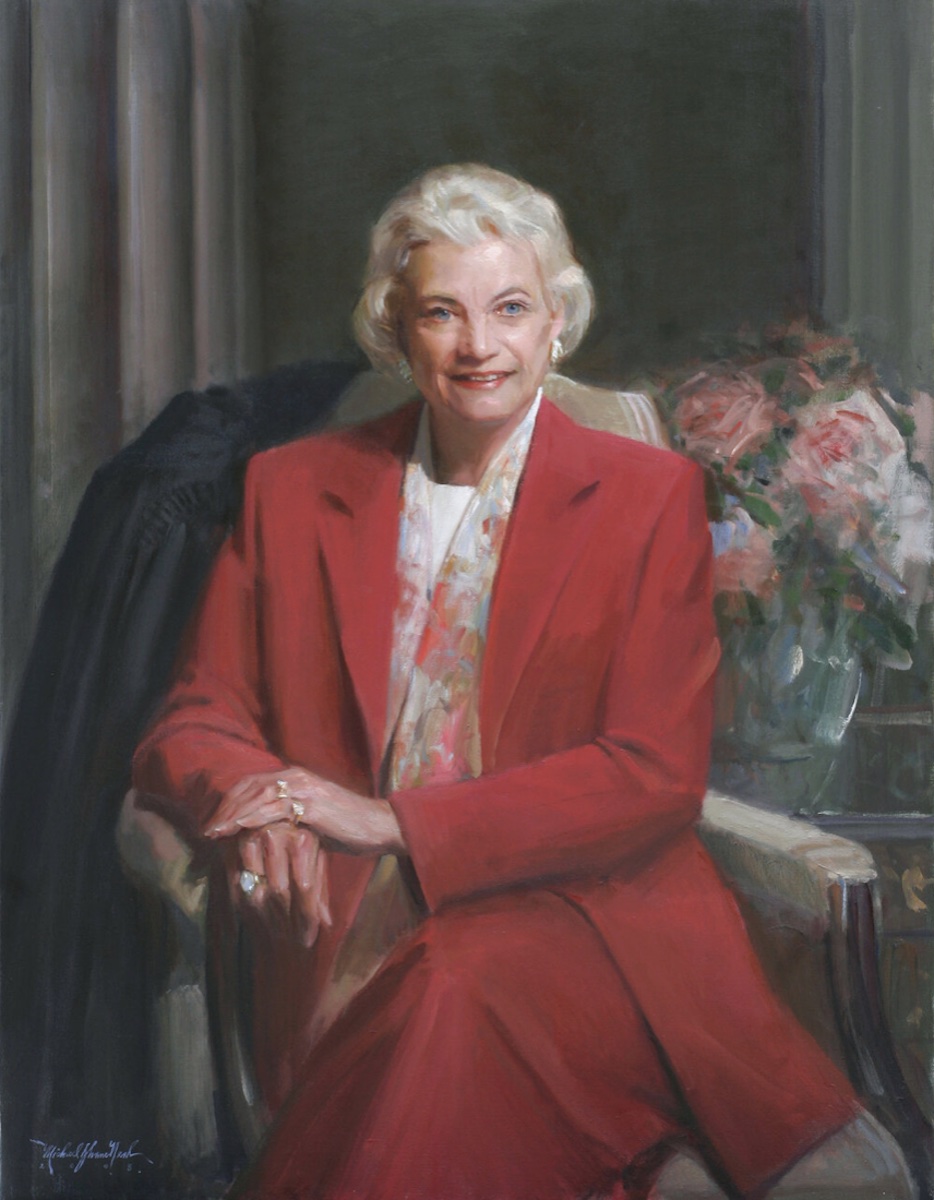
On the title (detail) The Sandra Day O’Connor School of Law, Former Supreme Court Justice portrait by Michael Shane Neal, Tempe, AZ. Oil on canvas, 36×48”
